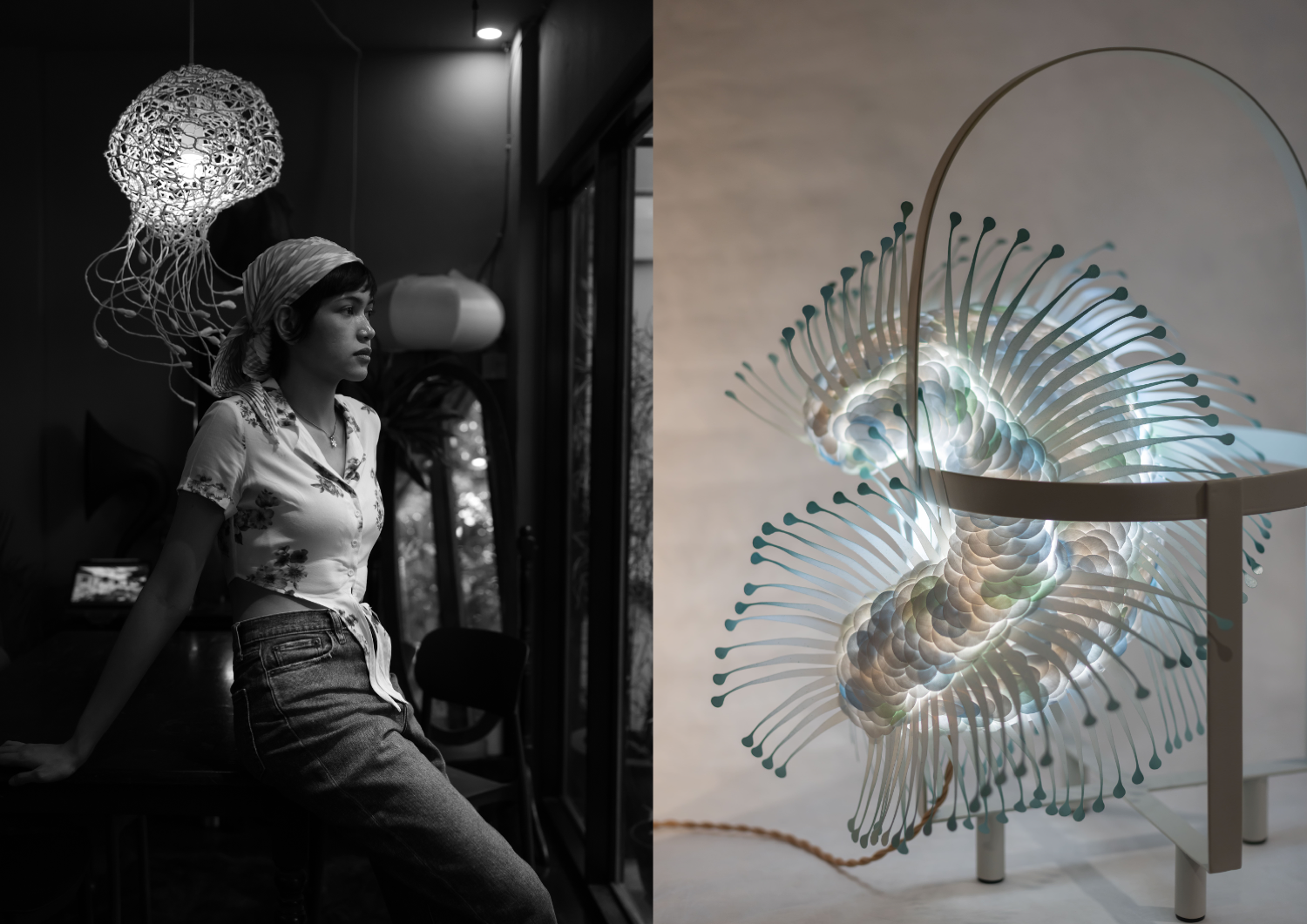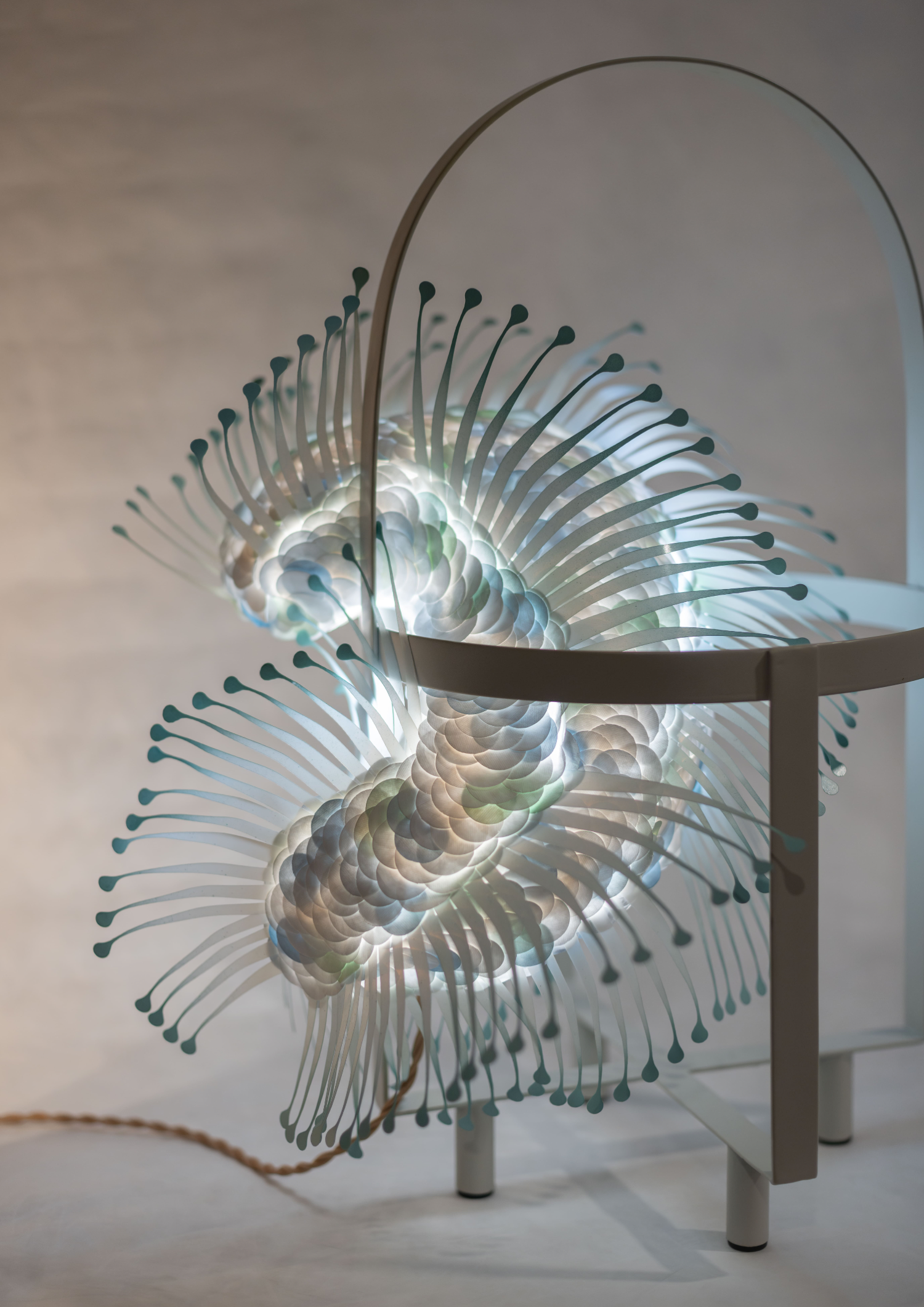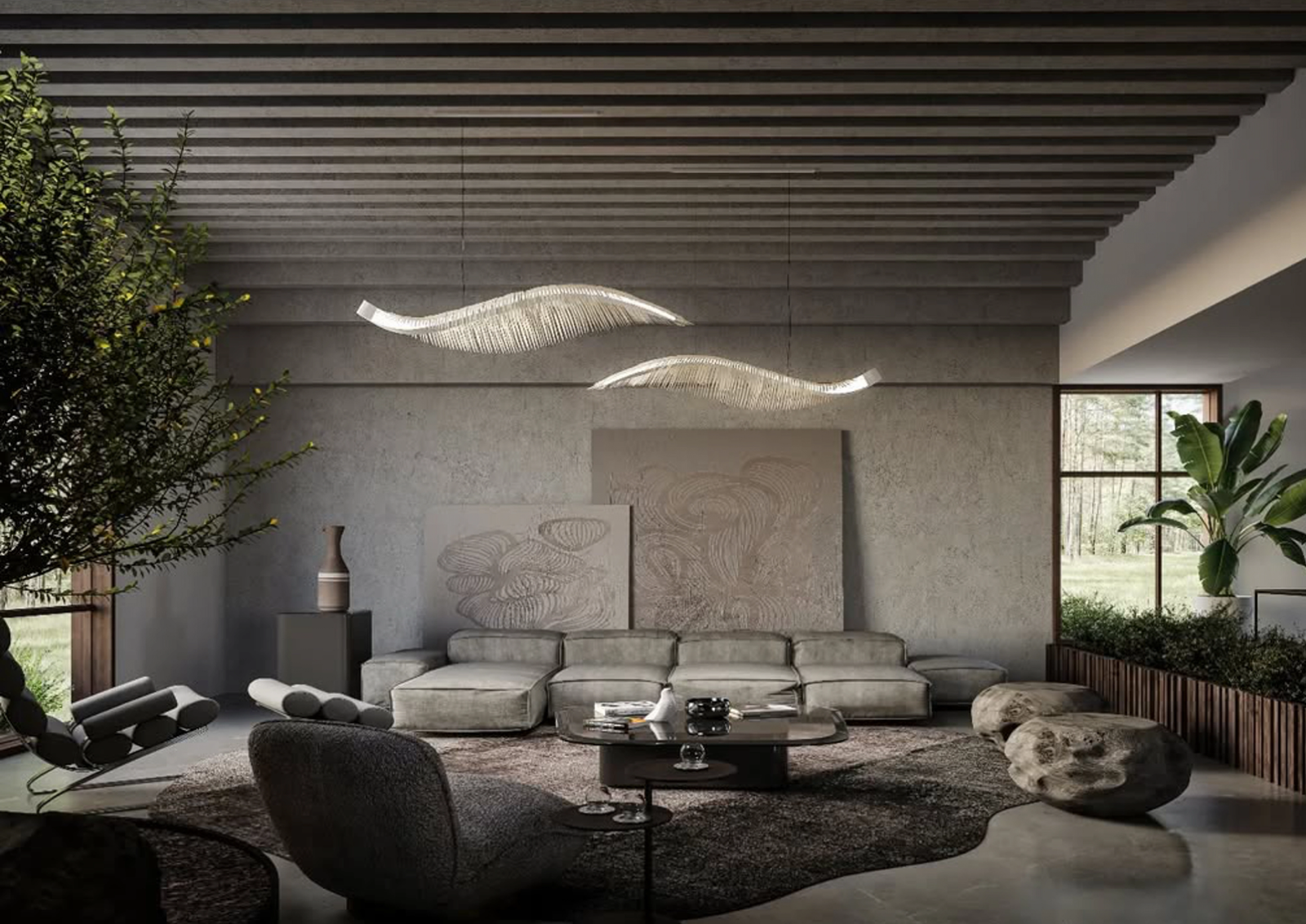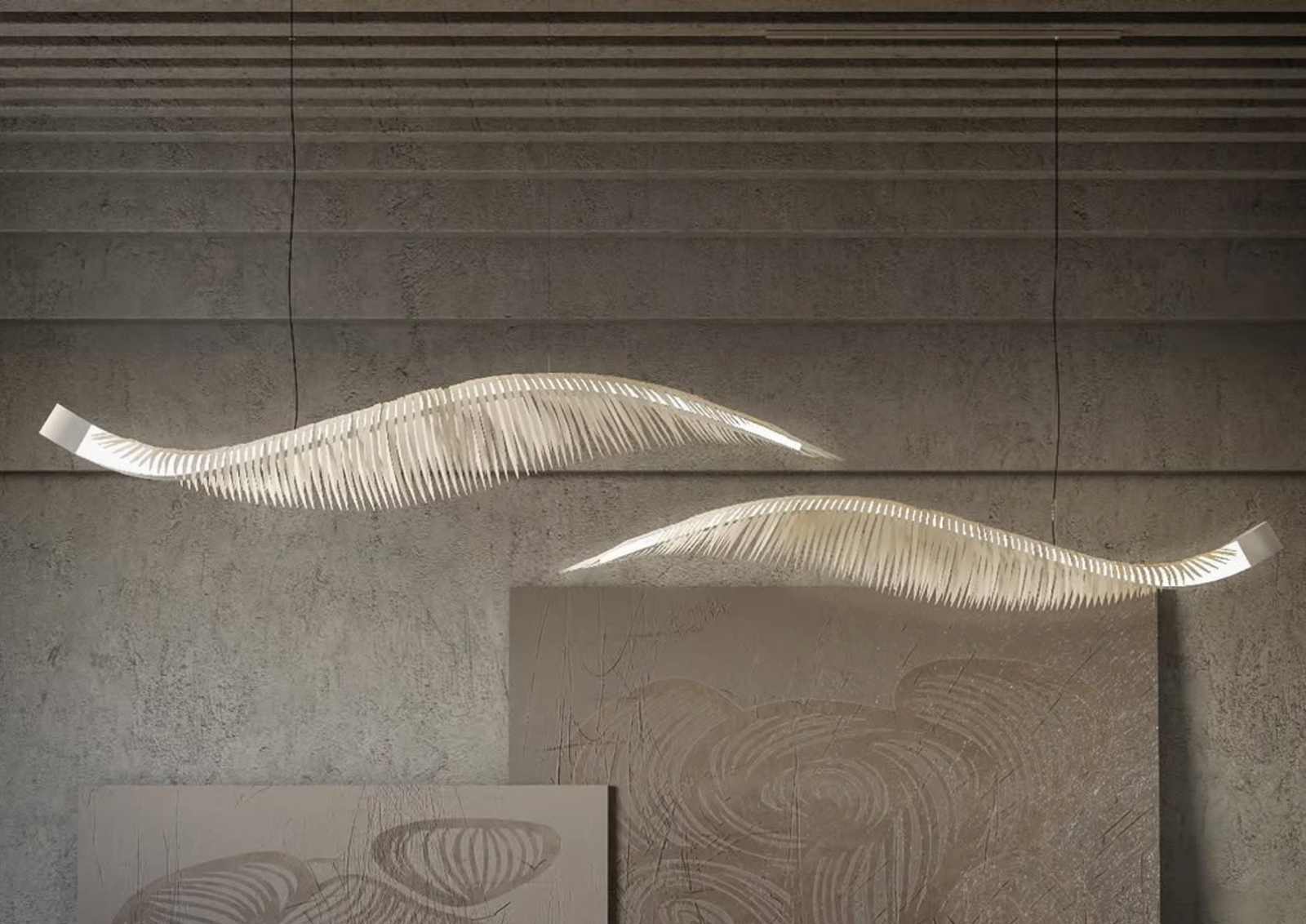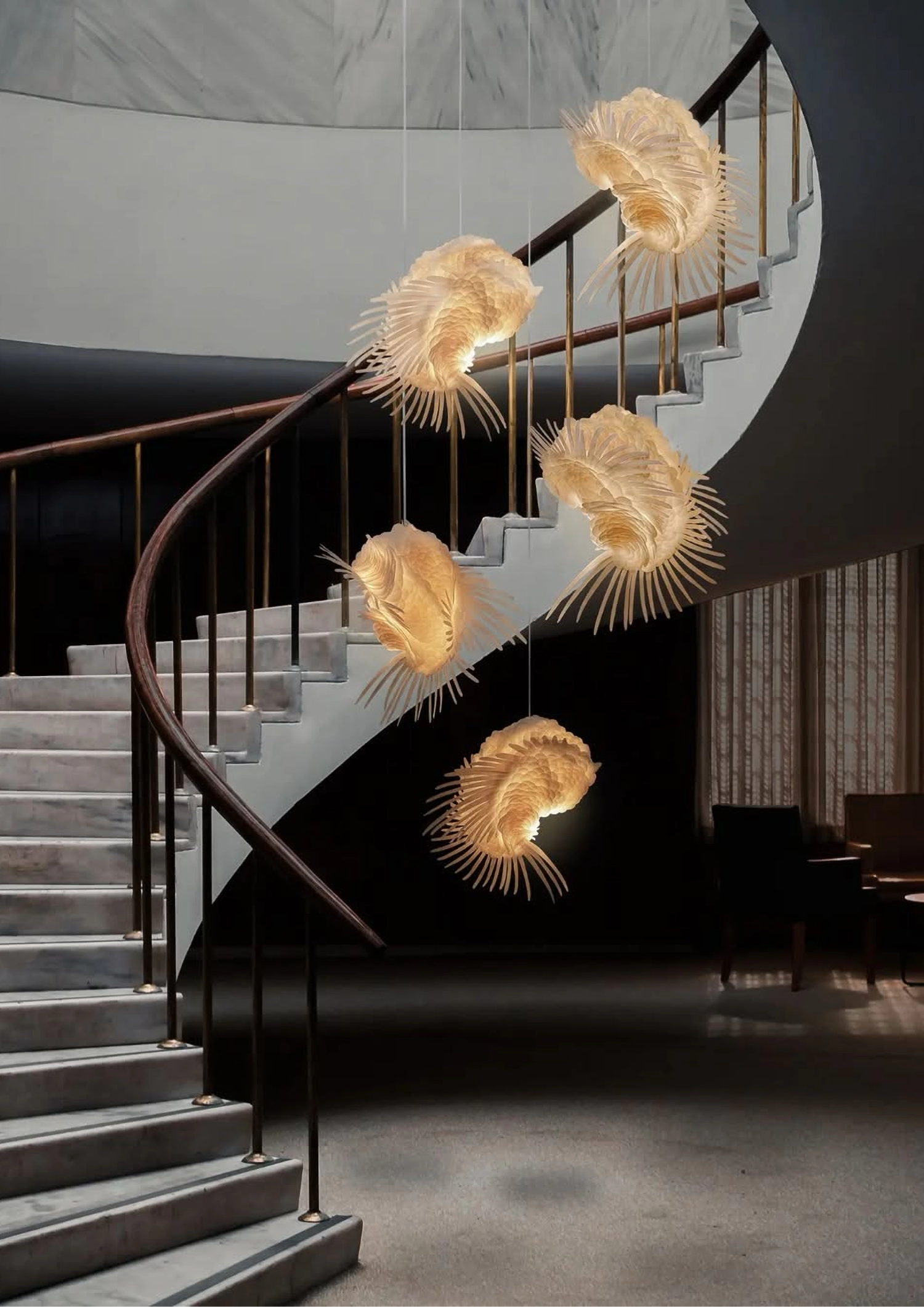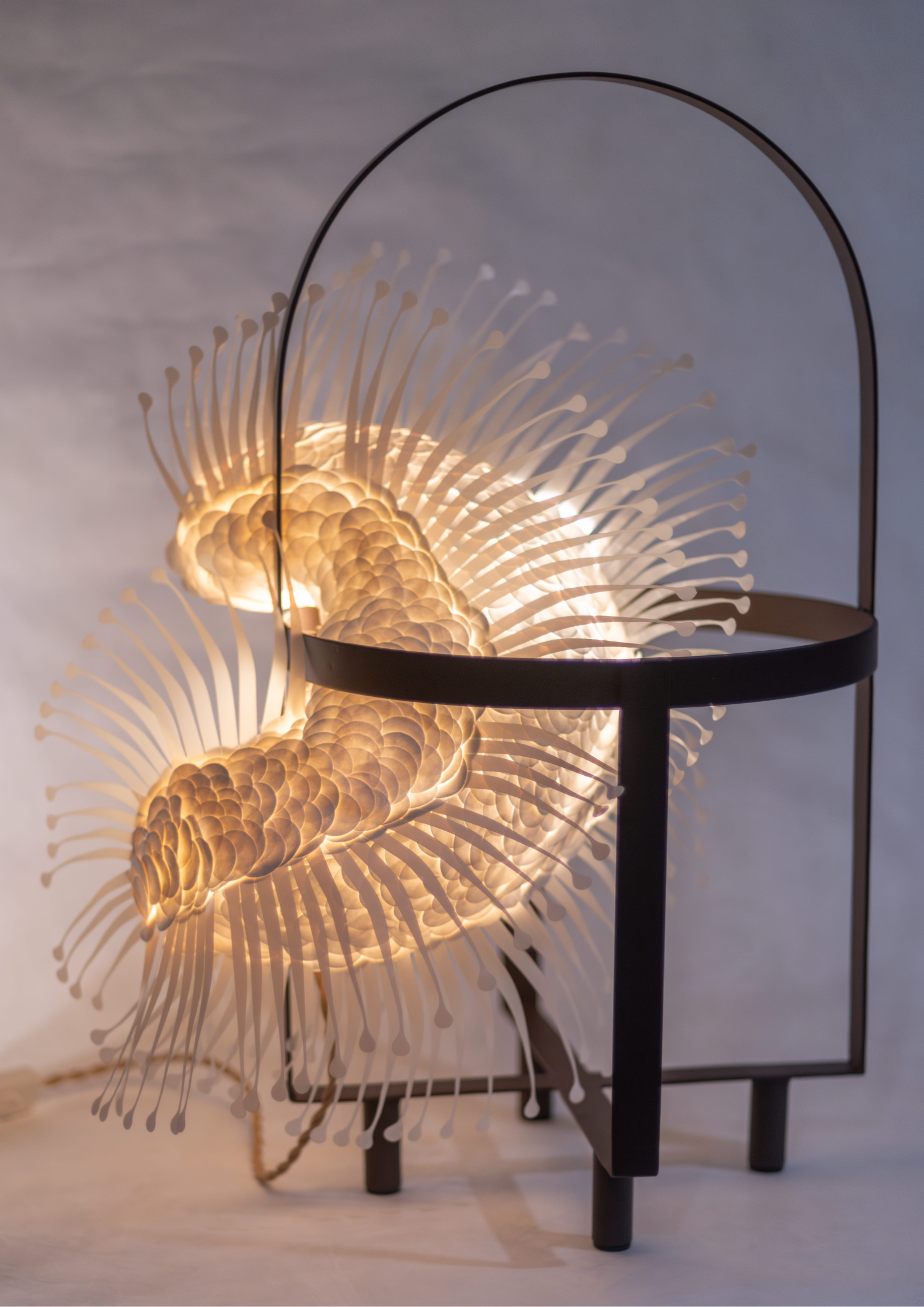Introduction and Interview Gabbie de la Cruz
Images Chini Lichangco
Filipino craftsmanship has taken the EMERGE at FIND Design Fair stage yet again! Curated by Supermama founder Edwin Low, and with the theme “Dialogue Through Design,” this year’s showcase is a conversation between people, cultures, materials, and time. The exhibition will feature works that push boundaries, from subtle gestures to often-overlooked details, celebrating thoughtful design and fresh perspectives. It will include some 150 works across 1,000 square meters from leading Southeast Asian design nations.
Five designers from the Philippines will form part of the exhibitors at EMERGE 2025, showcasing Filipino craftsmanship through pieces that reflect our heritage, culture, and tradition.
We kick off our 2025 Emergent Voices series with Chini Lichangco, whose work centers on presence over pace, feel over force, and meaning over momentum. She takes us on her journey under Cobonpue’s leadership to her very own Chini Studio, inviting us to pause and reconnect with the art of creating.


Hi Chini! Let’s start with your training under Kenneth Cobonpue, whose work is bold and sculptural. Yet your own pieces lean toward restraint and quietude. How did that mentorship shape your approach, and where did you choose to diverge?
Chini Lichangco: Hello, Kanto! My training under Kenneth Cobonpue taught me a lot in terms of material exploration and conceptual thinking. Under his mentorship, I learned how forms and ideas can be translated into something dynamic and alive.
When I decided to find my own identity, I felt drawn toward a different kind of expression. My pieces are deeply personal, almost like quiet reflections of my own inner life. I diverge by embracing vulnerability as my own language. I’m attuned to creating a space where others might feel something. What I hope is that when others encounter my work, they don’t just see an object—they feel a presence, the very same stillness, tenderness, or wonder that moves me in the making.
Nyxie Lamp in Veridian, photographed by Bien Alvarez
Your choice of materials: paper, ceramic, recycled fiber, suggests a sensitivity not just to sustainability but to emotional tactility. How do you balance aesthetic intent with the physical limitations of these media?
Every material speaks its own language and comes with its own strengths and limitations. I choose materials that resonate with my process. For instance, paper is delicate and time-consuming to work with, as the process of shaping by hand is painstaking. Yet, the reward is a soft, dreamlike glow that feels almost ethereal.
Ceramic, on the other hand, is a fragile material that requires a long process in making and may break, crack, or resist during firing. But the outcome is just beautifully delicate, which can be used and passed on from one generation to the next.
I don’t see limitations as barriers but as guides: to listen closely and discover what each material longs to reveal. Balancing intent and limitations is less about control and more about finding harmony within those boundaries.
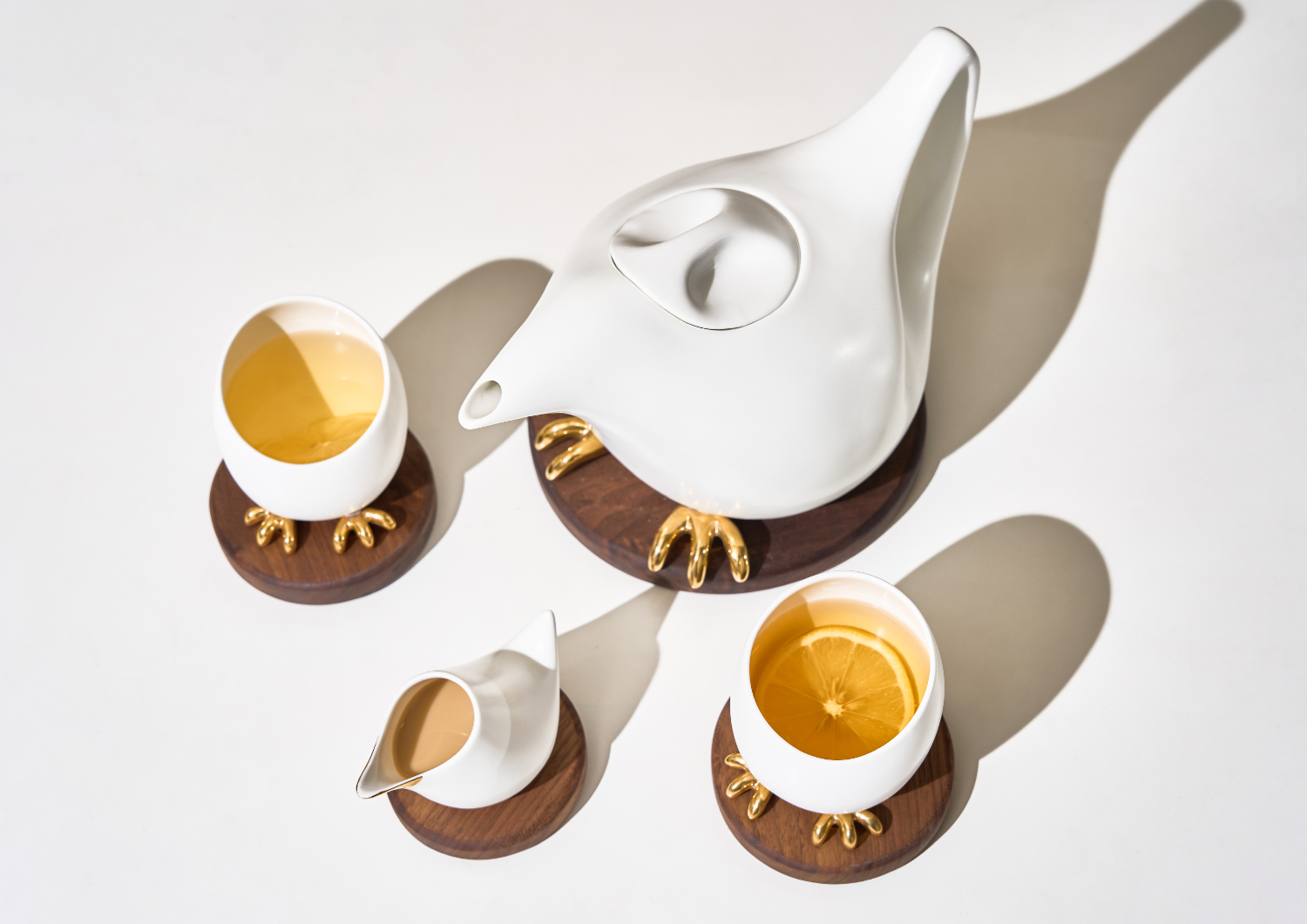

Industrial design often grapples with mass production, but your work feels deeply personal and refreshingly small-scale. How do you reconcile the discipline’s commercial demands with your poetic, almost meditative process?
We live in a world that constantly pushes for speed and mass production. Objects made quickly, cheaply, and in large numbers. When I imagine my work in that context, I find myself lost in translation, as if my work would lose its voice and its soul.
I believe in the slow process of creating, where making becomes a form of meditation. The repetition of my hands and the careful pace allow each piece to carry a part of my presence. For me, design is not just about utility but about spirit. At a time when everything feels rushed, creating my pieces is my way of distancing myself from the pressures of the world and focusing on the beauty of making. I believe there is quiet value in objects born from slowness, those that ask us to pause, breathe, and reconnect.
Sylvia Chandelier, image courtesy of Chini Studio
At FIND, you’re presenting within EMERGE’s “Dialogue Through Design” section. What aspects of your practice and work do you feel are most urgent or resonant in a regional design conversation?
Recently, it’s all been about slowing down. Objects, of course, are meant to help us in our daily lives, but when they are created carefully by hand, they hold something more than function: they hold soul. I want to remind people that making can be a process of care, of patience, of presence, and perhaps inspire others not only to value handmade work but to rediscover joy in the act of creating itself.
Kai’a Lamp, image courtesy of Chini Studio; Nyxie Lamp, photographed by Bien Alvarez
Your Kai’a lamp was born during a moment of global stillness. In showing it at FIND, what new context or interpretation are you hoping it will carry, especially now that it’s part of a collective showcase?
The Kai’a lamp was created during a time of silence and uncertainty. At that time, it was a personal symbol of hope in the dark. From that piece, I developed a texture that has since evolved into my new work, the Nyxie table lamp.
Nyxie is inspired by the feeling of capturing a precious being and keeping it close, treasuring the joy it brings to your side. It is a memento of all the treasures we hold onto—the fragile, luminous things we long to keep beside us and carry deep within our hearts.
The journey unfolds: From Kai’a’s reminder of light and hope amidst the dark, to Nyxie’s honoring of the past that we hold dear. Through my work, I hope to tell that design can be a way of carrying our stories, our hopes, and our memories as we move forward. •
EMERGE 2025 will be at Singapore Design Week’s FIND Design Fair Asia, happening from September 11 to 13 at the Marina Bay Sands Expo and Convention Centre.
